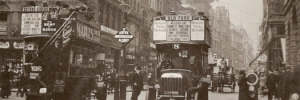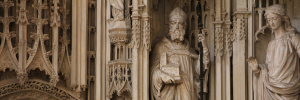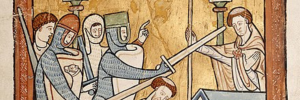Religious orders of the past present a rich tapestry of monastic life, mendicant preaching, and acts of charity. The term “friar” was widely used to describe a member of a mendicant order, but it was also connected to a unique group of Augustinian canons known as the Friars of the Holy Cross, or more commonly, the Crutched Friars.
Deciphering the Religious Orders of the Past
Religious orders were broadly divided into monks and nuns, who led monastic lives, and mendicants, who, while adhering to a monastic rule, ventured outside their monastic homes to preach, perform acts of charity, and beg for alms. Adding to this complexity were the canons regular, ordained priests who also followed a monastic rule but actively preached within their communities.
Understanding the Term ‘Friar’
The term ‘friar’ is generally associated with mendicant orders. However, it was also linked to a smaller order of Augustinian canons referred to as the Friars of the Holy Cross. They were commonly known as the Crutched Friars, a term derived from ‘cruciferi’, meaning cross-carriers. This name likely originated from the cross-stitched onto their habits.
Unique Aspects of the Crutched Friars
Unlike other canons who pledged obedience to their own prior, the Crutched Friars swore allegiance to a master general based in Huy, France. They also differed from mendicants in that they were permitted to own property. Their title as ‘friars’ probably stemmed more from a popular tendency to group them with mendicant orders, rather than accurately reflecting their hybrid nature as a religious order.
The Obscure History of the Crutched Friars
The origins of the Crutched Friars are shrouded in mystery. Established in the mid-13th century, by the century’s end they had around four houses in England, including one in London. According to 16th-century antiquarian John Leland, London’s house was founded in 1298 by citizens Ralph Hosier and William Sabernes.
One recent study, conducted by Virginia Davis, estimates that from 1361 to 1400, approximately 750 mendicants were associated with houses in London. This underlines the widespread presence of friars in the city.
The Decline and Legacy of the Crutched Friars
Like other orders, the Crutched Friars experienced a decline by the 16th century and were always considered a relatively small house. When the London priory surrendered during the Reformation, it housed only six canons.
The legacy of the Crutched Friars lives on today in the form of a street near Fenchurch Street Station named after them. In 1985, a statue commemorating the friars was erected when the present building, Friary Court, was constructed. This enduring presence testifies to the significant impact the Crutched Friars had on the city of London.
Find out more about Medieval London. Book tickets for Ian McDiarmid’s Medieval London Walk now. Private walking tours are also available.




